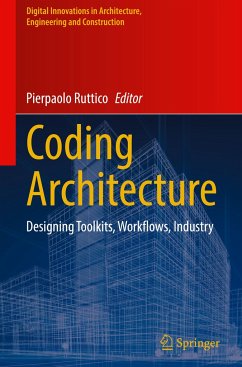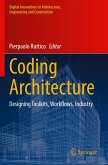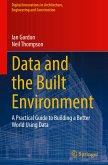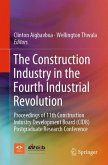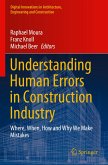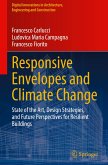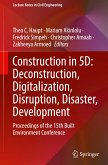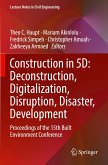This book provides a clear picture of how computational processes are gradually permeating and innovating the Architecture, Engineering, and Construction sector, contributing to sustainability and aesthetic evolution. It achieves that by gathering a collection of accounts shared by pioneering professionals involved in this innovation, drawing from recent academic studies, ongoing experimental processes conducted in cutting-edge architectural and engineering offices, as well as innovative industrial applications. The covered subjects span a wide range, including artificial intelligence and robotic manufacturing, the metaverse and 3D printing, strategies to counter CO2 consumption through plug-ins, as well as emerging materials and construction techniques. The chapters feature authors who are pioneers and embrace roles like software developers, architects, process engineers, academics, and forward-thinking entrepreneurs. They represent authoritative references within a broader interconnected cultural and technological system; an eclectic system that finds in computational processes the key to addressing the new challenges of contemporary architecture.
Bitte wählen Sie Ihr Anliegen aus.
Rechnungen
Retourenschein anfordern
Bestellstatus
Storno

